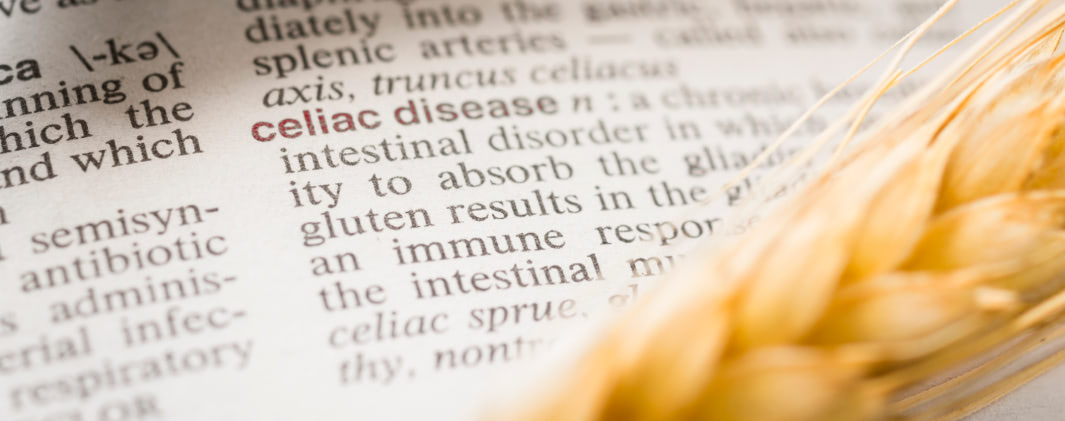Managing Celiac Disease involves careful consideration of diet and food choices. This autoimmune disorder, triggered by the consumption of gluten, requires individuals to adhere to a strict gluten-free diet to manage symptoms and promote intestinal healing. Understanding what foods to avoid and what to include in your diet is crucial in effectively managing this condition. This article aims to provide a comprehensive guide on navigating diet and food choices for individuals living with Celiac Disease.
Understanding Celiac Disease: Dietary Management for Lifelong Health
Celiac Disease is an autoimmune disorder where ingestion of gluten leads to damage in the small intestine. Managing this disease depends on dietary adjustments, particularly a strict gluten-free diet. Gluten is a protein found in wheat, barley, and rye. When individuals with Celiac Disease consume gluten, their immune system attacks the small intestine, which leads to inflammation and damage to the lining of the intestines.
Identifying Safe Foods: Building a Gluten-Free Diet for Celiac Disease
The key to managing Celiac Disease is understanding which foods are safe. This includes naturally gluten-free foods like fruits, vegetables, meats, fish, dairy, and grains like rice and quinoa. However, it is essential to be cautious as some foods may contain hidden sources of gluten. These include sauces, gravies, dressings, and processed foods like deli meats and canned soups. Carefully reading food labels and choosing certified gluten-free products can help individuals avoid unintentional gluten consumption.
Reading Labels: Avoiding Hidden Gluten in Packaged Foods
One of the challenges for individuals with Celiac Disease is identifying hidden sources of gluten in packaged foods. Learning to read labels carefully is essential to avoid gluten-containing ingredients like wheat, barley, and rye. Additionally, be aware of potential cross-contamination in products processed on shared equipment with gluten-containing ingredients. It is recommended to choose certified gluten-free products or opt for whole, unprocessed foods to minimize the risk of accidental ingestion of gluten.
Cross-Contamination Concerns: Keeping Gluten at Bay
Avoiding cross-contamination is crucial in a gluten-free diet. This means being vigilant about food preparation methods and kitchen utensils to ensure no contact with gluten-containing foods. Using separate cutting boards, utensils, and cookware for gluten-free foods is recommended, or thoroughly cleaning them before use. Be cautious when dining out, and communicate with restaurant staff about your dietary needs to prevent cross-contact.
Exploring Gluten-Free Alternatives: A World of Choices
The increasing availability of gluten-free alternatives for bread, pasta, and other staples has made managing Celiac Disease easier. However, checking these products for nutritional value is important, as some may lack essential nutrients. Opt for whole-grain gluten-free options, which offer more fiber and nutrients than highly processed gluten-free products. For variety, experiment with naturally gluten-free grains like quinoa, buckwheat, and amaranth.
The Role of Nutritionists: Tailoring Diet to Individual Needs
Consulting a nutritionist can help tailor a gluten-free diet to meet individual nutritional requirements, ensuring a balanced intake of all essential nutrients, often lacking in gluten-free diets. They can also provide tips on incorporating gluten-free alternatives into meals, making adhering to a strict diet easier. Additionally, working with a nutritionist can help monitor the healing progress of the small intestine and make necessary adjustments to the diet.
Eating Out with Celiac Disease: Navigating Restaurants Safely
Dining out can be a challenge for those with Celiac Disease. It’s important to communicate dietary needs clearly at restaurants, choose establishments that offer gluten-free options, and understand cross-contamination risks. Apps and websites that provide information on gluten-free menus and safe restaurants in different locations can be useful resources. Additionally, planning ahead and packing snacks when traveling or attending events is helpful to avoid being caught off guard.
Homemade Meals: The Safest Option for Celiac Patients
Preparing homemade meals is often the safest way for individuals with Celiac Disease to ensure they eat gluten-free. This also offers an opportunity to explore and enjoy a variety of gluten-free recipes. Some individuals may find it helpful to meal prep in advance, making it easier to have gluten-free options readily available. Additionally, involving family and friends in cooking and educating them on Celiac Disease can make dining experiences more inclusive and enjoyable.
Long-Term Health: Beyond Gluten-Free
Managing Celiac Disease is not just about removing gluten from the diet. It also ensures overall health through a balanced diet, regular exercise, and ongoing medical check-ups. Adopting a gluten-free diet is a lifestyle change, and it’s essential to seek support and educate oneself on the condition to navigate it successfully.
Support and Resources: Living Well with Celiac Disease
Finding support through online communities, local support groups, and educational resources can make managing Celiac Disease more manageable. Sharing experiences and tips with others can offer valuable insights and encouragement. Additionally, staying informed about the latest research and advancements in Celiac Disease can help individuals make informed decisions about their diet and overall health. Remember, managing Celiac Disease is a journey, but it can be navigated successfully with support and proper knowledge. So, if you or someone you know has been diagnosed with Celiac Disease, don’t hesitate to reach out for help.



 Close
Close